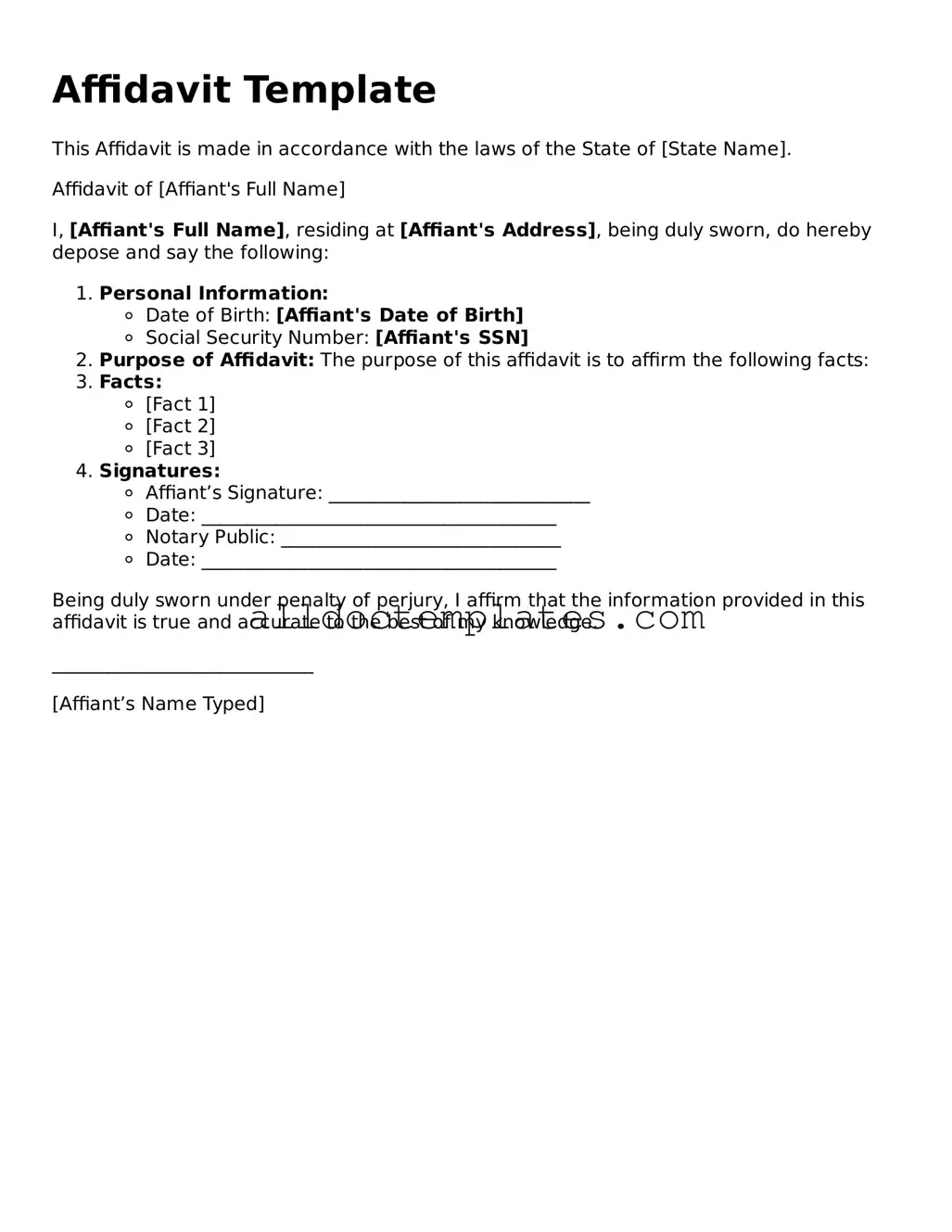Valid Affidavit Template
An affidavit is a written statement made under oath, often used as evidence in legal proceedings. This document serves to affirm the truthfulness of the information contained within it, providing a reliable account of facts as perceived by the affiant. Understanding the purpose and structure of an affidavit is essential for anyone involved in legal matters.
Get Your Form Now
